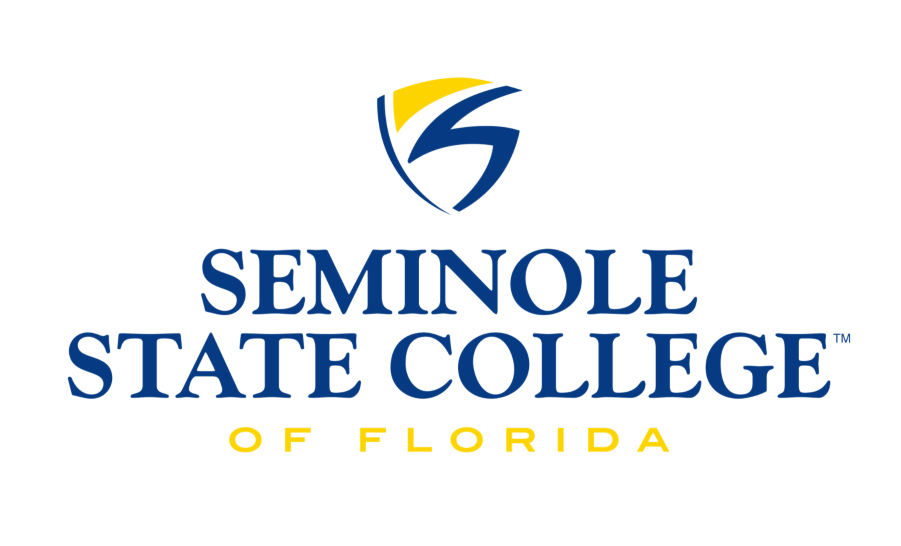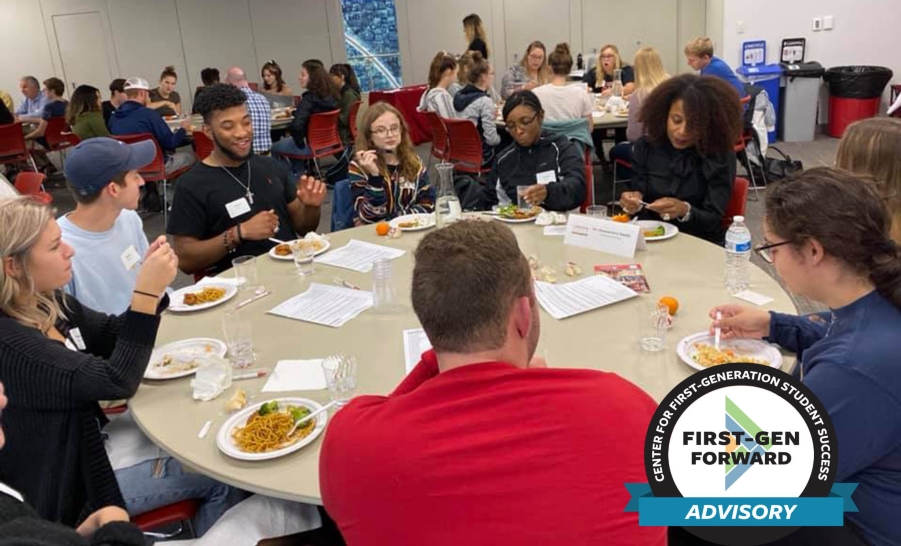The Journey of Going Virtual for First-gen Students at SAIC
Michael Blackman, Ed.D., School of the Art Institute of Chicago / FirstGen Forward / October 14, 2020

At the School of the Art Institute of Chicago (SAIC), the First-Generation Fellows program is a holistic engagement experience that combines guaranteed on-campus employment with a number of traditional engagement strategies, including mentorship and skills development. In February 2020, we were in our first year of the program, proud of its success, and starting discussions about expanding it. Then, like so many institutions, the pandemic forced us to shift our conversations from expanding the program to making it a virtual experience. While this was necessary to do, it was a hard transition to make. The program was about building community, and we were facing the reality that the Fellows wouldn’t even be able to meet each other in-person. In the midst of this transition, studies were starting to demonstrate that the pandemic was exacerbating challenges already faced by first-gen students including financial worries, feelings of loneliness, familial responsibilities, food insecurity, and retention concerns.
It’s critical that we take care of ourselves, recognize when we’re doing the best we can, and understand that we’re all sometimes building the plane as we’re flying it.
The transition was not easy for the program staff. We accomplished our goal of creating a safe experience. We developed virtual educational workshops. We hosted virtual mentorship sessions. We prioritized student employment, and our Fellows were able to work in employment spaces modified to mitigate the risk of viral spread. However, this work has been difficult. We miss seeing the students. We miss finding a student on-campus when we know they’re facing a challenge, but we can’t contact them. We’re rethinking strategies we’ve used for years and years. As creative as we are, when we’re trying to build a community, there is simply no substitute for getting together in-person from time to time. In the spirit of sharing strategies, though, here are a few takeaways for the pandemic and beyond:
-
Embrace social media. This is where the students are, and if we want to connect with them, we must understand the different platforms and use them to our advantage.
-
Re-imagine engagement. We must maintain the virtual engagement opportunities that have made it easier for some students to utilize our services.
-
Focus on essentials. Schools must address financial, food, housing, and internet insecurity if they want students to be able to attend programs or get to know each other.
-
Address isolation. The pandemic has exacerbated feelings of isolation, and our engagement programs must focus on helping students feel like they belong.
-
Don’t beat yourself up. Students are managing a lot right now. If they don’t respond to you, don’t attend your programs, or struggle academically, it doesn’t always mean that you could have done a better job.
During the pandemic, I’ve spoken with many staff and students whose mental health is the worst it has been in a long time. It’s critical that we take care of ourselves, recognize when we’re doing the best we can, and understand that we’re all sometimes building the plane as we’re flying it. We’re not alone. Many of our students see the work we do and appreciate it, even if they, too, might be focusing on themselves a bit more these days.
For more information on the School of the Art Institute of Chicago's approach, please visit their website here.





